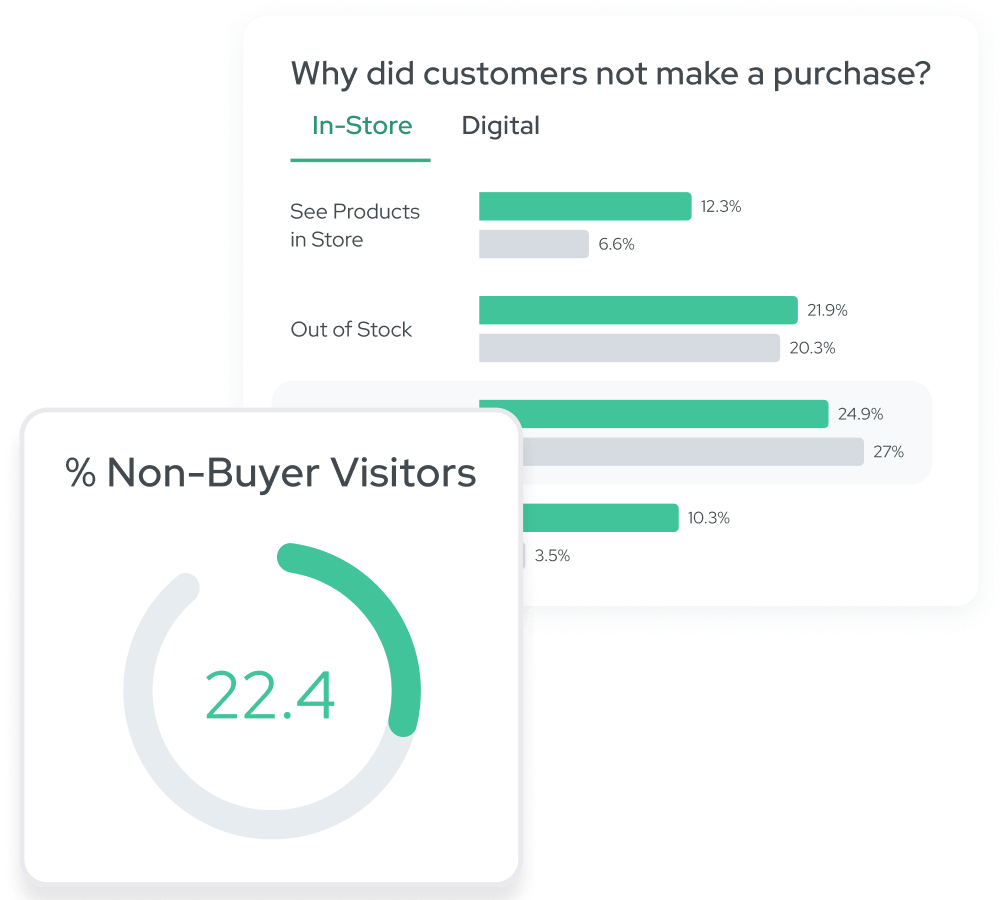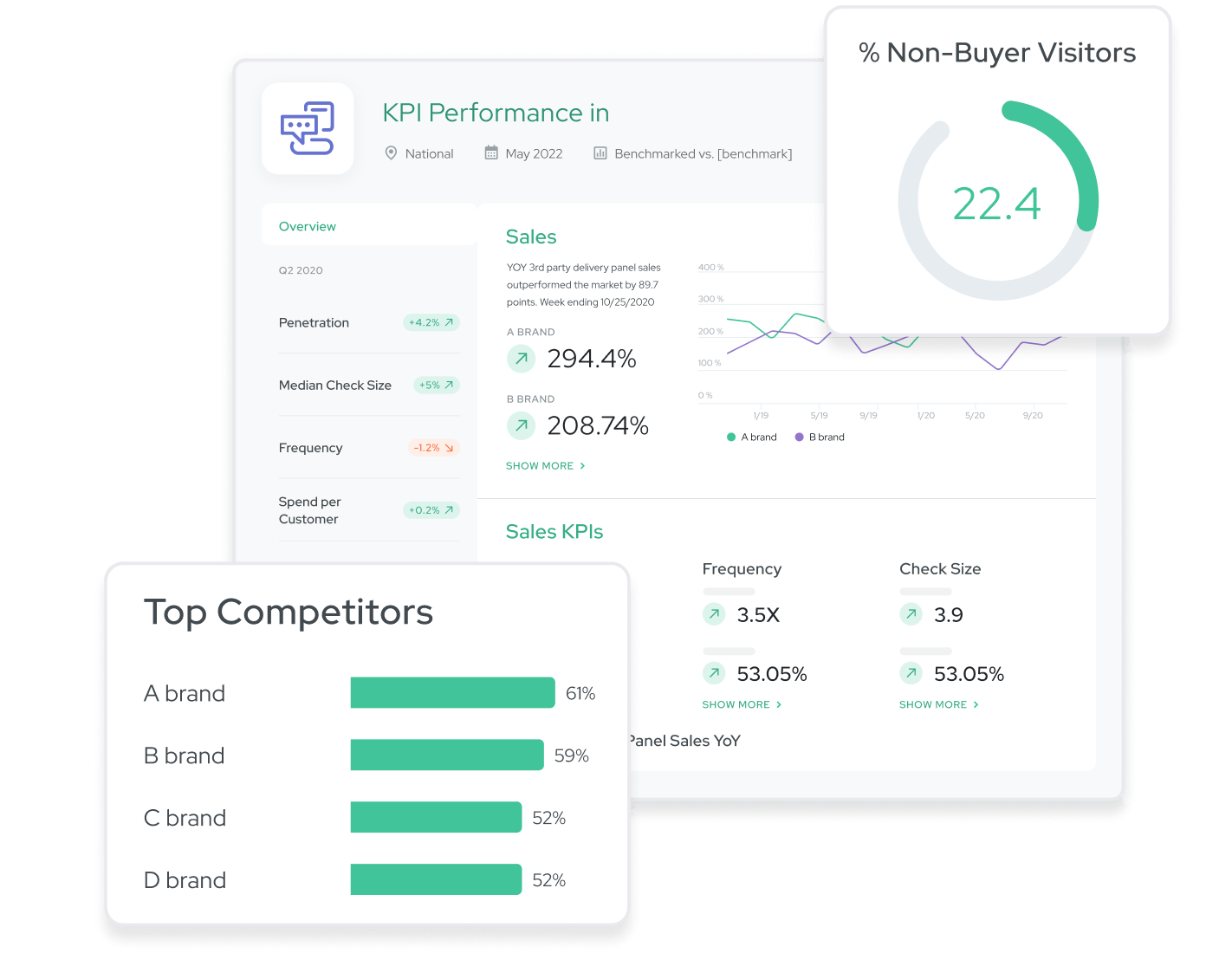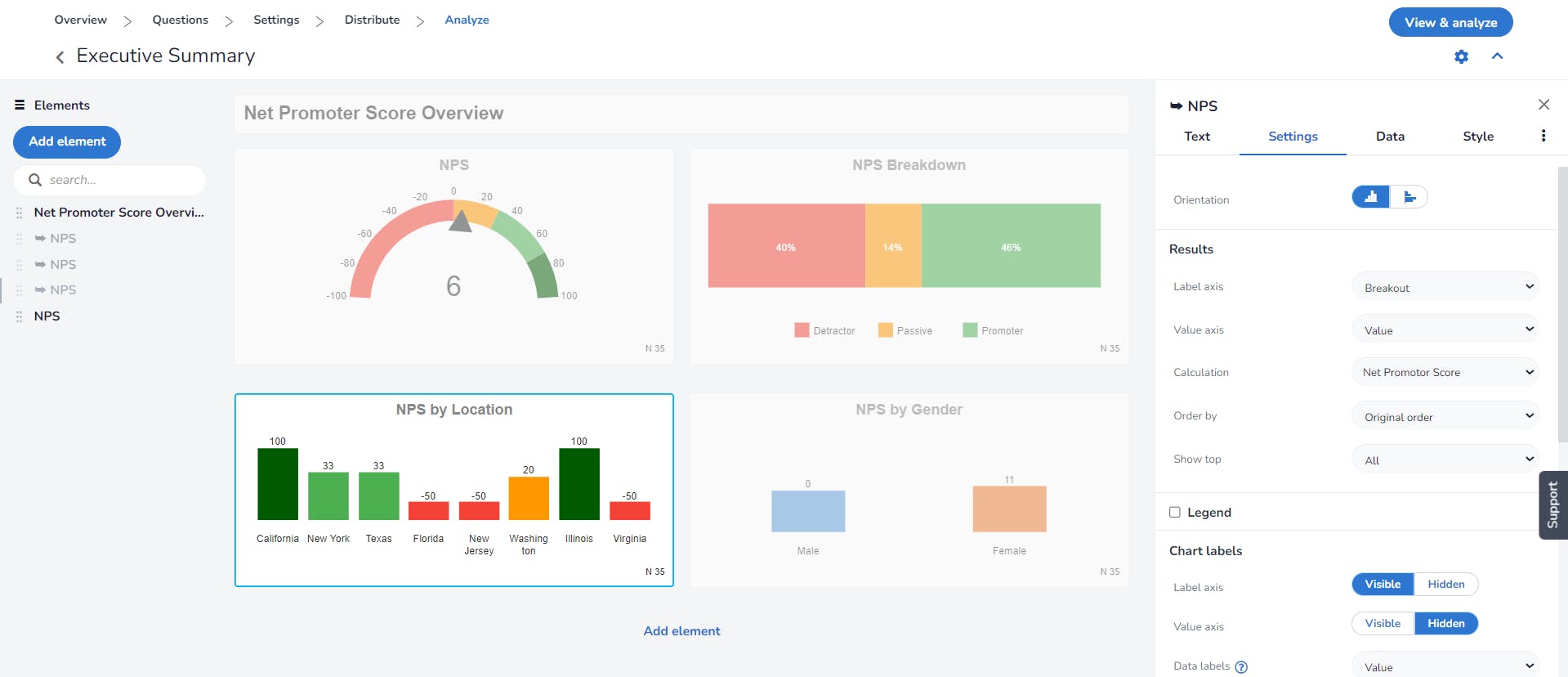Empower your team with real-time insights at scale so you can act quickly with confidence. With Medallia, you can analyze massive datasets in real-time, capture rich survey feedback quickly, cut down on research project timelines, and drive informed decisions.
Get support from our team of market research experts, who combine an innovative mix of qualitative and quantitative research methodologies that deliver accurate and actionable insights.
You’ll receive a white-glove, consultative approach to solving your toughest business challenges. From project design through analysis and storytelling, our clients love our ability to push past the obvious and deliver insights that are actionable and prioritized for impact.














